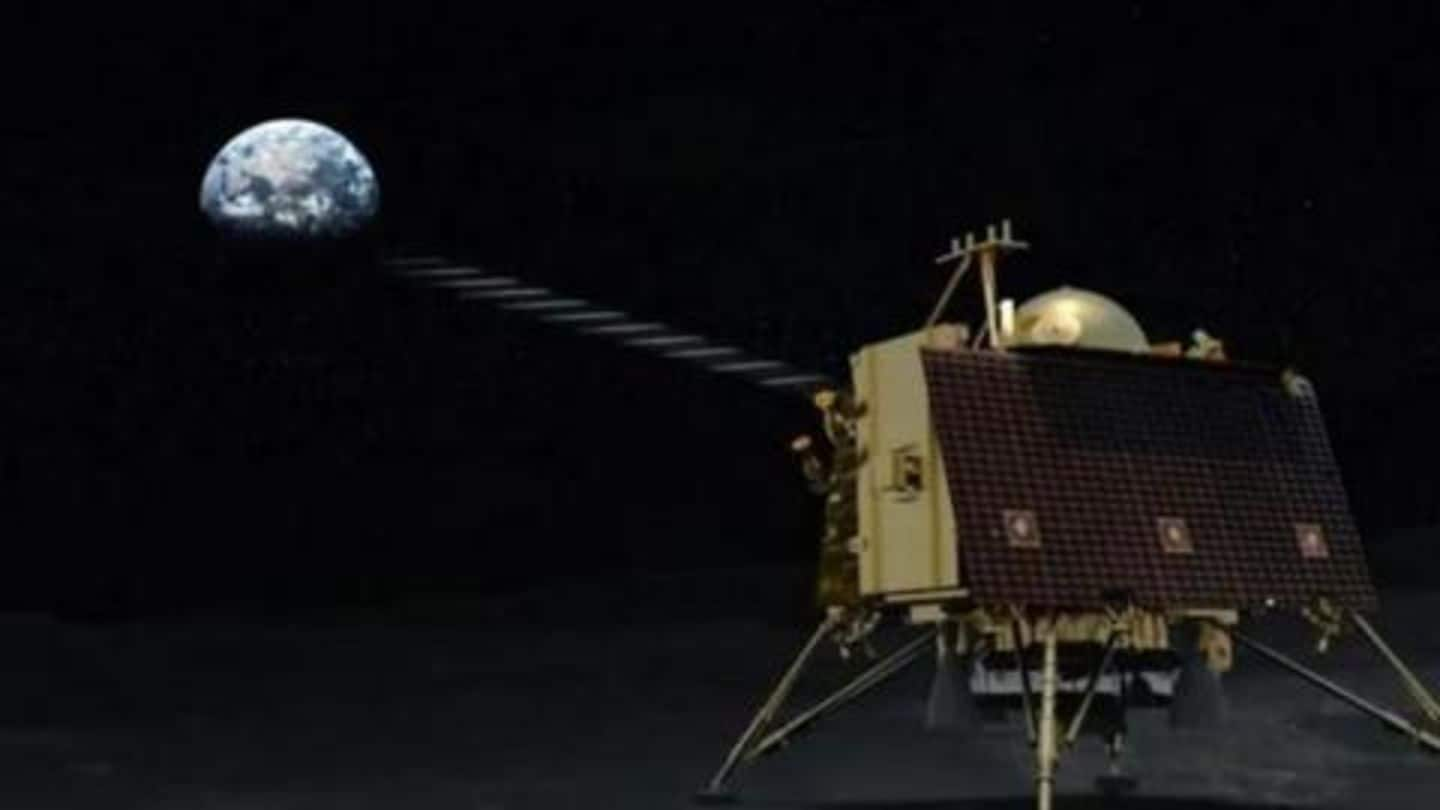
Here's why Chandrayaan-2's Vikram Lander isn't responding
What's the story
More than two days after attempting a lunar landing, the Vikram Lander of India's Chandrayaan-2 remains silent. The Indian Space Research Organization is working progressively to establish a link with the craft but there's no certainty about its fate. Now, the director of Chandrayaan-1, Mylswamy Annadurai, has shone some light on the whole situation, revealing why it may not be responding. Here's more.
Landing
Vikram stopped responding during lunar descent
In order to soft-land between two lunar craters (the targeted site), Vikram performed a couple of deorbiting maneuvers and conducted a powered-descent on September 7. Everything worked according to the plan up to an altitude of 2.1 km. But then, during the final phase of the descent, something went wrong and Vikram stopped sending signals back to the ground station on Earth.
Discovery
Thermal imaging discovered the lander a day later
A day after losing communication, the Chandrayaan-2 Orbiter discovered Vikram on the Moon and captured its thermal imagery. The data led the agency to posit that the Lander may have hard-landed on the surface - but not crashed - and there might be a chance to establish contact with it over the next 14 days - stipulated lifespan of Vikram.
Issue
Lunar surface obstacles might be stopping communication
ISRO is trying to contact Vikram, but Annadurai thinks that the Lander's location may have some obstacles, which could be stopping it from receiving signals. "The place, where the lander alighted is expected to be not conducive enough for the lander to soft-land," he said, adding that "there may be some obstacles, which could have been stopping us from establishing the connection."
Possibility
If connection established, communication could be short-lived
Adding more, Annadurai noted that the Orbiter element of Chandrayaan-2 has a side communication channel, which could be used by ISRO to establish a link with the Lander. "There is always a two-way communication between the orbiter and the lander, but we can attempt to communicate through one way," he said while asserting that such communication wouldn't last longer than 5-10 minutes.
Quote
Previously, such communication has been done
"In the past, the Chandrayaan's orbiter had beamed the signals towards the lander to establish signals, but in the present case, it has to be seen whether the latter receives," the director concluded, noting that "our scientists are capable enough to handle the tricky situation."